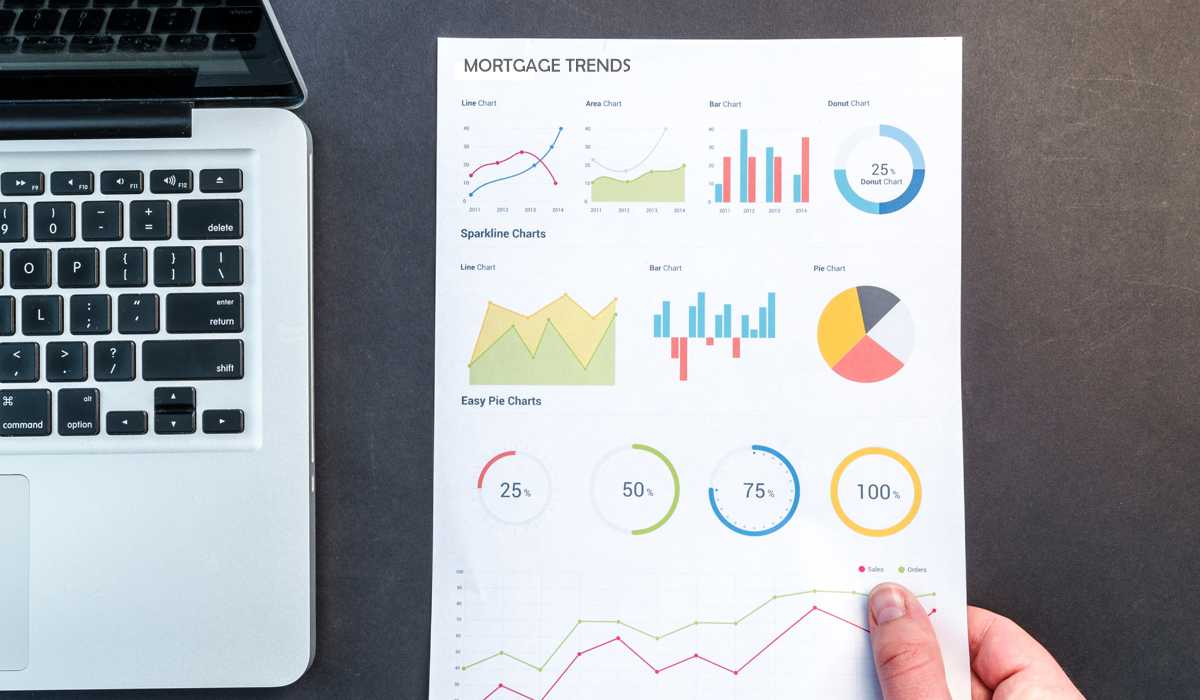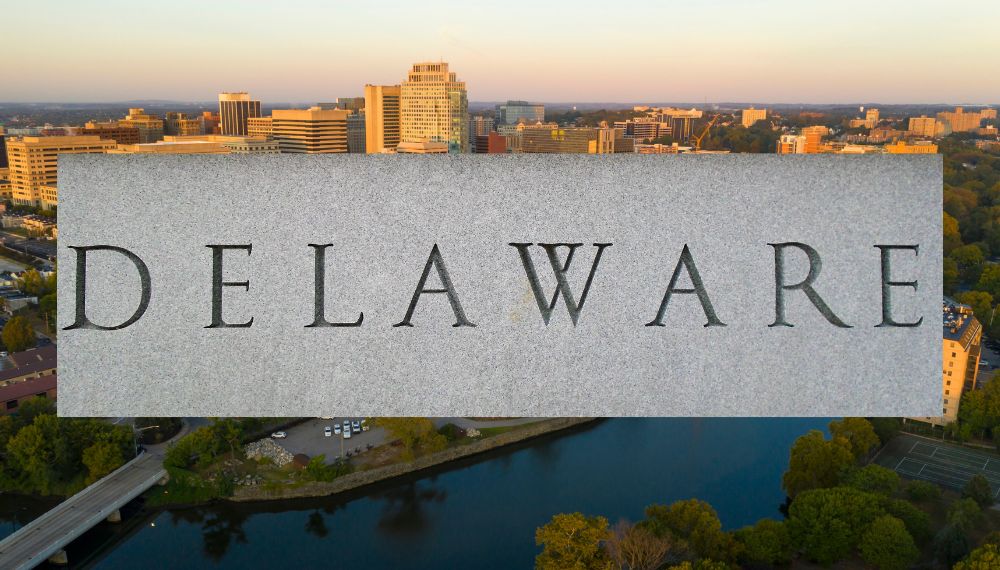Mortgage Rates and Trends for 2022, 2023, and Beyond
- September 24, 2022
- admin
- Category: Uncategorized

Do you intend to buy a house this year? The projection for mortgage rates and trends in 2022, 2023, and beyond is something to take into account. Especially if you’re one of the many people who are interested in learning more about what will happen with interest rates. Are interest rates rising, though, is the crucial concern. Are mortgage rates rising, particularly?
Predicting economic factors that could have an impact on mortgage rates in the upcoming year is always challenging. Because my crystal ball occasionally falls flat, we must use relevant data, facts, and expert industry predictions to arrive at a more accurate mortgage rate forecast for 2023.
With regular interest rate hikes, it is difficult to predict the mortgage rates this week will remain the same next week. Housing interest rates today might not remain the same as per the predictions by experts.
Mortgage rates: Various factors
Important factors affecting mortgage rates and trends in 2022
Mortgage rate determinants are numerous. The Federal Reserve, personal circumstances, global events, economic crises, inflation, and even bond prices can all have an impact.
- Rising prices
Inflation and mortgage rates often go hand in hand. Interest rates often rise along with inflation to keep up with the value of the dollar. Mortgage rates reduce when inflation declines. Mortgage rates typically remain stable or just marginally change during times of low inflation. You might have noticed the housing interest rates chart has increased forever in 2022.
- Global Events
Mortgage interest rates are impacted by global events like the COVID-19 epidemic and the Russian invasion of Ukraine. Mortgage rates have been impacted historically by events such as World War II, the oil embargo in the 1970s and 1980s, the housing market crash in 2007, and Brexit, to name a few.
- Financial Crises
Interest rates often decrease at the start of a recession and then climb when the economy starts to recover. If, for instance, you take out an adjustable-rate loan (ARM) during a downturn, the interest rate will probably rise once the slump is over. Employment statistics and gross domestic product are two economic growth (and economic crisis) indicators.
- Personal aspects
The amount you intend to borrow, the length of time you have to repay it, your work status and income, your debt-to-income ratio, and your credit score are all personal criteria that lenders will consider when determining your mortgage interest rate. Your particular mortgage interest rate is also impacted by all of these factors when considered collectively.
- The Federal Reserve
To control the money supply, the Federal Reserve adjusts short-term interest rates by raising or lowering them in response to economic conditions. The Federal Reserve will increase interest rates on consumer borrowing, including mortgage rates, when it determines that the money supply needs to be tightened. Customers pay greater prices when banks incur higher borrowing expenses from the Federal Reserve as a result of a higher federal funds rate.
- Bond Values
As bond prices rise, mortgage interest rates decline. Interest rates on mortgages rise as bond prices decline. Mortgage lenders frequently track the 10-year Treasury rate when setting their interest rates. According to demand, mortgage rates rise or fall.
Mortgage interest rates forecast 2022
Interest rates are crucial for the economy as well as mortgage rates and trends in 2022 and beyond. The mortgage rates 2022 chart is although encouraging. Houses are still affordable.
The federal fund rate, which banks use when customers wish to borrow money from them, especially for mortgages, is set by the Federal Open Market Committee. During the Covid epidemic, mortgage interest rates reached all-time lows in 2020 and 2021. Mortgage rates were pushed below 3% and kept there thanks to emergency measures taken by the Federal Reserve. However, as inflation soared to levels not seen in four decades, mortgage interest rates spiked in 2022.
Additionally, the Fed’s tightening of its policy may raise them even further. It might be a good idea for those who can to lock in an interest rate sooner rather than later.
Long-term rates, like mortgage rates, are not directly impacted by the federal fund rate, but they often correlate. Mortgage rates jumped to 5.78% for a 30-year fixed-rate mortgage and 4.81% for 15 years following the Fed’s rate hike in June 2022. The 30-year rate hike, according to Freddie Mac (the Federal Home Loan Mortgage Corporation), was the biggest one-week increase in their poll since 1987. Higher rates, according to Freddie Mac, are the outcome of changing expectations regarding inflation and the direction of monetary policy.
In July, additional rises are anticipated as well. According to experts, there will be a significant increase, at least a.5 increase and possibly as high as.75 if inflation indications remain stable. According to Doug Duncan, SVP and senior economist at Fannie Mae, “mortgage rates have ratcheted up considerably over the past few months, and typically such large swings have culminated with a housing slowdown.”
Mortgage rates and trends: 2023 and Beyond
According to Lien Kiefer, mortgage economist at Freddie Mac, forecasting rate activity is challenging because movement is dependent on the financial markets’ economic health. Borrowers shouldn’t anticipate a return to the lows experienced at the start of the pandemic, but he doesn’t think mortgage rates will surge in the next few months. But, in 2023 there might be different mortgage rates and trends that we cannot anticipate now due to market conditions.
Forecasting is extremely difficult because rate movement is dependent on Federal Reserve policy and how the market perceives that, he said. “It’s difficult to predict how rates will behave week to week given the market’s extreme volatility. However, the risks seem to be fairly balanced; I don’t anticipate a sharp increase or decrease.”
As a result, mortgage rates may continue to be around 5% through 2023 for borrowers. In late 2024, according to analysts surveyed by Bloomberg in mid-June, interest rates will be lowered by the Federal Reserve.
While rates may have significantly increased from the rate environment in 2020, they are still quite low when compared to earlier historical levels.
Bottomline
The rise in mortgage rates in 2022 was sharp and beyond expectations. The rates surpassed 6% in September this year and this increase is the first since 2008. Even after the recent sharp rise, the 30-year mortgage rates are still ranging around 8%. This has been their historical average for a long time. All this had impacted the future mortgage rates and trends.
It is important to note that these average mortgage rates are only a standard. If you have a good credit score and have strong finances, you can still manage to get mortgage rates less than the industry average. So before you check the average rate it also important to check your credit score and to get an estimate for the loan you qualify for. The above are mostly predictions by the industry experts keeping in view the past trends and current economic and geographical situations.





